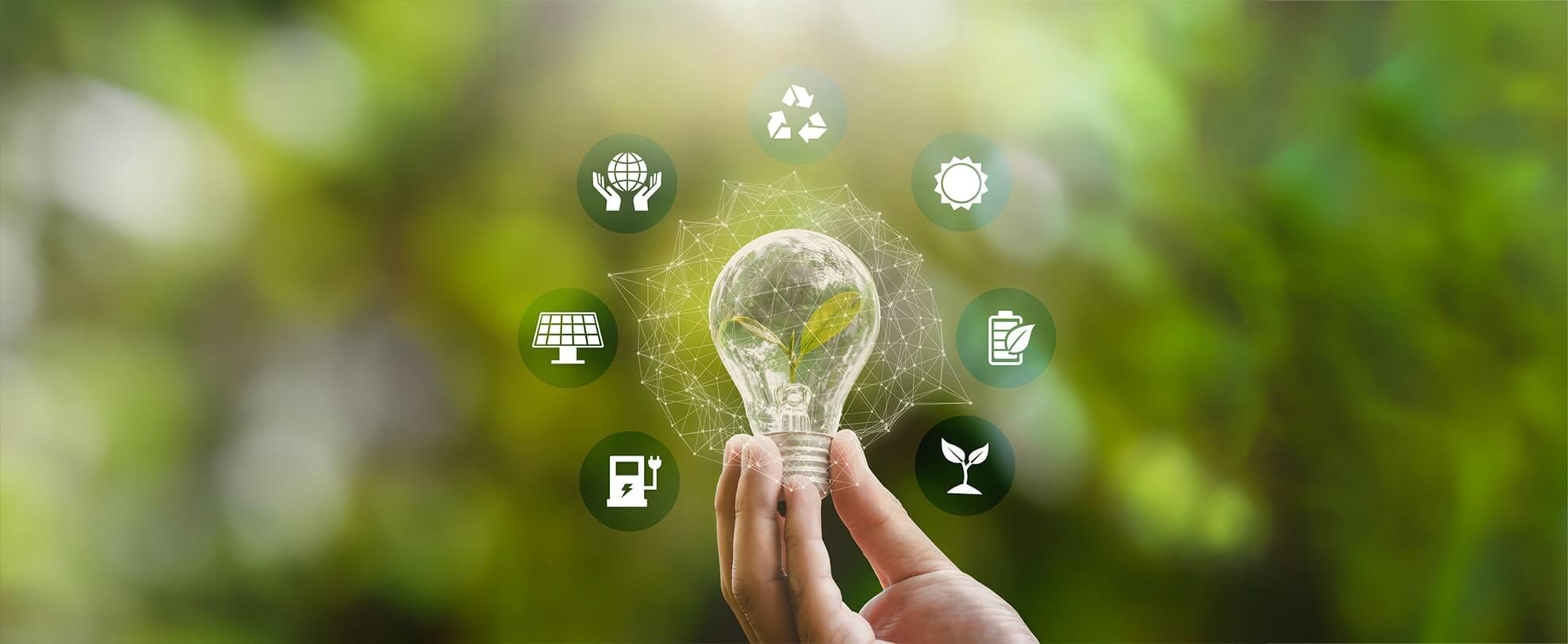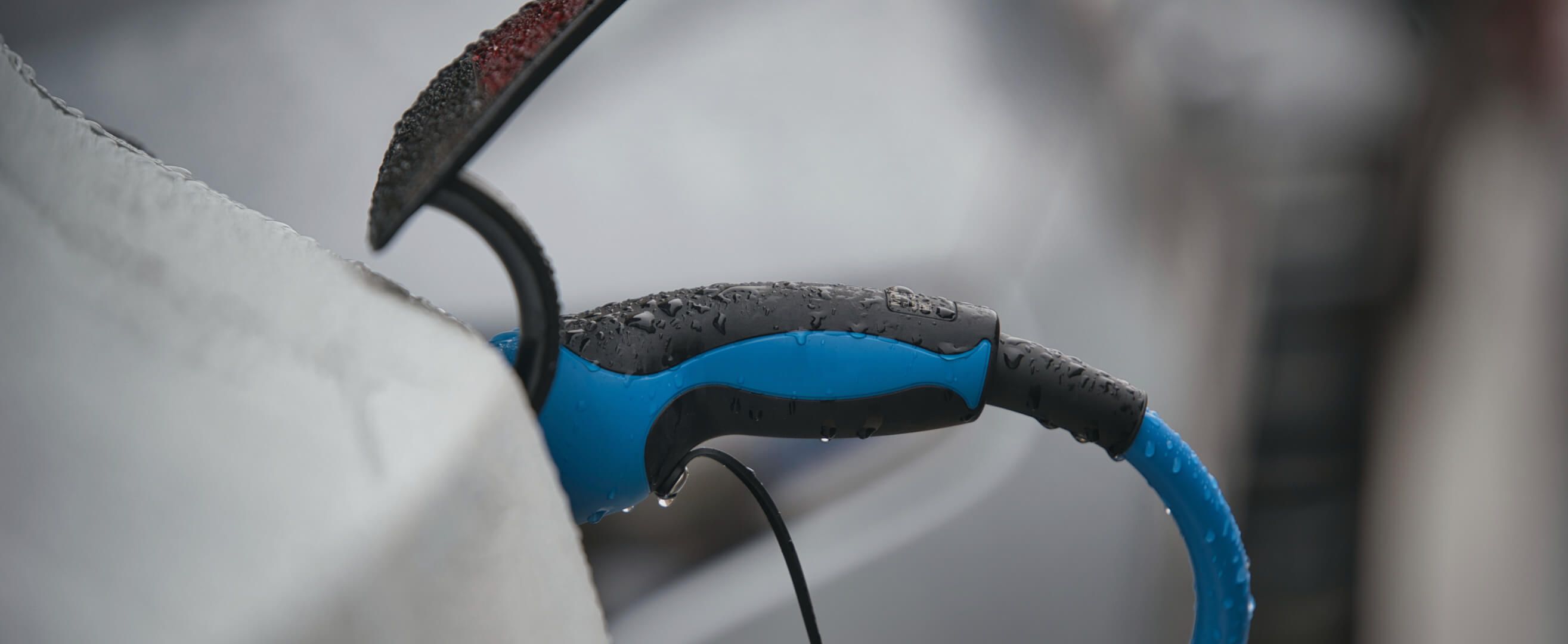For many drivers, the battery capacity of an electric car is a concern. The fear of running out of energy during a journey becomes an obstacle to the complete transition to this technology.
In the current context, it becomes essential to adopt specific practices with the aim of maximizing the energy efficiency of electric vehicles. These practices aim not only to avoid setbacks during the journey but also to ensure the longevity and optimal performance of the battery. After all, every electric car driver's goal is always to maximize the autonomy of their vehicle and enjoy more economical and sustainable driving!
Throughout this text, we will provide some essential tips to ensure the best performance and durability of your electric vehicle's battery.
1. Regular Maintenance
Regular preventive maintenance is important for optimizing vehicle energy, as it ensures that all components are in full working order. By keeping the electric car in good condition, conducting periodic checks on tires, braking system, and battery, drivers can ensure maximum vehicle performance and efficiency.
Firstly, regular tire pressure checks are essential. Improperly inflated tires increase resistance, resulting in higher energy consumption. Maintaining the correct tire pressure not only reduces energy consumption but also extends the vehicle's range. It is recommended to check tire pressure at least once a month and before long trips. Information on the ideal tire pressure for the vehicle's tires can be found in the driver's manual.
Additionally, the braking system also plays a significant role in this regard. A well-maintained system helps minimize energy loss during braking, also allowing more energy to be recovered and stored in the battery through the energy regeneration system. Therefore, regular maintenance of the braking system not only ensures more safety but also contributes to the overall energy efficiency of the vehicle.
Finally, regularly checking the condition of the battery, including temperature and charge levels, helps anticipate potential issues and avoid premature battery degradation. A well-preserved battery can retain more energy and ensure better vehicle range, resulting in a more reliable and efficient driving experience.
2. Climate Control
During summer, air conditioning is often used to keep the vehicle interior cool and comfortable, while in winter, the heating system provides thermal comfort, keeping the internal environment more pleasant. However, continuous operation of these systems can significantly increase the vehicle's energy consumption, reducing its range.
To optimize climate control energy consumption and maximize vehicle range, there are several practices drivers can adopt. One of them is preconditioning, a function that allows heating or cooling the vehicle while still connected to the electrical grid, using energy from the external source instead of the vehicle's battery.
Furthermore, if the vehicle offers climate control programming options, it is advisable for the driver to program the system to adjust the vehicle's interior temperature before starting the journey. This way, the system uses less energy during driving, as the vehicle's interior will already be close to the desired temperature.
It is also important to avoid excessive use of air conditioning or heating, using them only when necessary and adjusting the settings to comfortable levels. When weather conditions allow, opt for opening windows or the sunroof to promote natural ventilation instead of using air conditioning, which can significantly reduce climate control energy consumption, especially at lower speeds.
Lastly, as mentioned earlier, regular maintenance of the vehicle's climate control system is essential to ensure its proper operation. A timely assessment ensures that the system operates efficiently, reducing energy consumption and contributing to optimizing vehicle performance.
3. Eco-Friendly Driving
Adopting smoother and more comfortable driving not only reduces energy consumption but also contributes to battery conservation and provides more energy efficiency.
This implies avoiding sudden accelerations and abrupt braking, as such behaviors can significantly increase energy consumption, as well as compromise safety. Maintaining smooth and steady driving helps maintain a more stable energy flow, preserving the battery and extending the vehicle's range.
Additionally, anticipating traffic and lane changes can also be beneficial, as it avoids sudden and unnecessary maneuvers. Planning ahead allows for adjusting speed more gradually, avoiding peaks in energy consumption.
Whenever possible, make the most of energy regeneration systems during deceleration and braking so that the vehicle slows down naturally instead of braking abruptly.
Many electric vehicles offer different driving modes, such as eco mode or regenerative driving mode. Try out these modes and select the most suitable one for your driving style, taking into account the type of journey and road conditions. Eco mode typically adjusts the motor power to optimize energy efficiency, while regenerative driving mode maximizes energy recovery during deceleration.
Lastly, driving at lower speeds reduces air resistance and, consequently, energy consumption. When driving on roads with lower speed limits or in urban areas, try to maintain a moderate speed to save energy.
It is also important to remove unnecessary items from the vehicle, as additional weight increases energy consumption. Avoid carrying rooftop cargo, as this can increase air resistance and also decrease energy efficiency.
4. Route Planning
Route planning plays a key role in optimizing vehicle energy consumption. By choosing routes that minimize distance and avoid congestion, the driver can not only reduce travel time but also save energy.
Moreover, it is essential to consider the location and availability of charging points along the route. Anticipating charging points allows for planning strategic stops to recharge the battery, thus avoiding unforeseen events during the journey.
In this context, miio emerges as an innovative solution. Our electric vehicle driver app provides real-time information on the location, quality, and availability of charging points. With miio, drivers can plan their routes more efficiently, ensuring a hassle-free journey and without the worry of running out of energy halfway.
On our blog, you can find an exclusive article on how to find ev charging points.
5. Sustainable Mobility
Opting for more ecological and sustainable forms of transportation, such as electric bicycles, electric scooters, or public transport, can contribute to a substantial decrease in energy demand.
Electric bicycles, for example, are a highly energy-efficient alternative, as they consume considerably less energy compared to motorized vehicles. By using an electric bicycle instead of a car, individuals significantly reduce the amount of energy needed to travel. Furthermore, electric bicycles are a versatile option, especially in congested urban areas, where they can cover relatively short distances quickly and efficiently.
Similarly, opting for public transport can also have a positive impact on energy consumption. Public transport systems, such as buses, trains, and metros, have the capacity to transport a large number of passengers at once, making them a much more efficient option than individual vehicles in terms of energy. Additionally, by promoting the use of public transport, authorities can reduce road congestion and, consequently, decrease the energy consumption of vehicles in circulation.
Therefore, whenever possible, opt for sustainable means of transportation, such as electric bicycles, electric scooters and electric kick scooters or public transport, which not only contribute to reducing energy consumption but also to improving oxygen quality and reducing greenhouse gas emissions.
6. Smart Home
By connecting an electric vehicle (EV) to a smart home system, several opportunities arise to manage energy more efficiently.
One of the main advantages of this integration is the ability to optimize home energy consumption based on renewable energy availability and household needs. For example, the smart system can direct surplus energy produced by solar panels to charge the EV during periods of lower residential energy demand.
Furthermore, remote monitoring and control of energy consumption allow for adjusting the usage schedules of household appliances according to the most advantageous electricity tariffs and renewable energy availability, thus contributing to more efficient and sustainable energy management in the residence.
7. Smart Charging
Integrating an electric vehicle with a smart charging system offers significant benefits in terms of energy efficiency and convenience.
One of the main advantages is the ability to schedule EV charging for periods of lower demand on the electrical grid, avoiding overloads during peak hours. Additionally, connection to renewable energy sources allows for charging the EV with clean and sustainable energy, thereby maximizing its environmental footprint.
With the possibility of monitoring and controlling the charging process remotely through apps or smart devices, users can adjust charging schedules according to their individual needs and the most advantageous electricity tariffs, thus ensuring more efficient and economical management of EV energy.
8. Software Updates
By updating the vehicle's software, drivers can obtain significant improvements that enhance driver assistance functions, such as more precise object detection, and also have a direct impact on energy efficiency. For example, these updates may include adjustments to the car's climate control, allowing for more efficient use of energy to maintain the vehicle's internal temperature, resulting in lower energy consumption.
Furthermore, software updates can enhance the overall vehicle performance, including the efficiency of the electric motor, resulting in smoother and more economical driving. New energy management algorithms can be implemented to optimize battery usage, ensuring a more equitable distribution of charge among the battery cells and prolonging their longevity.
In other words, keeping the electric vehicle's software up to date is a crucial strategy to maximize energy efficiency and enhance overall vehicle performance. By taking advantage of updates provided by the manufacturer, drivers can ensure that their vehicles operate with maximum efficiency, which not only reduces energy consumption but also contributes to a more sustainable and economical driving experience.
Conclusion
Strategies to optimize energy use in electric vehicles are essential to maximize efficiency, ensuring more economical and sustainable driving. From smoother and more efficient driving to integration with smart charging and residential systems, each step contributes to reducing energy consumption and preserving the environment.
By following these tips and exploring innovative technologies, drivers extend the battery life, improve vehicle range, and contribute to a greener and more sustainable future.


